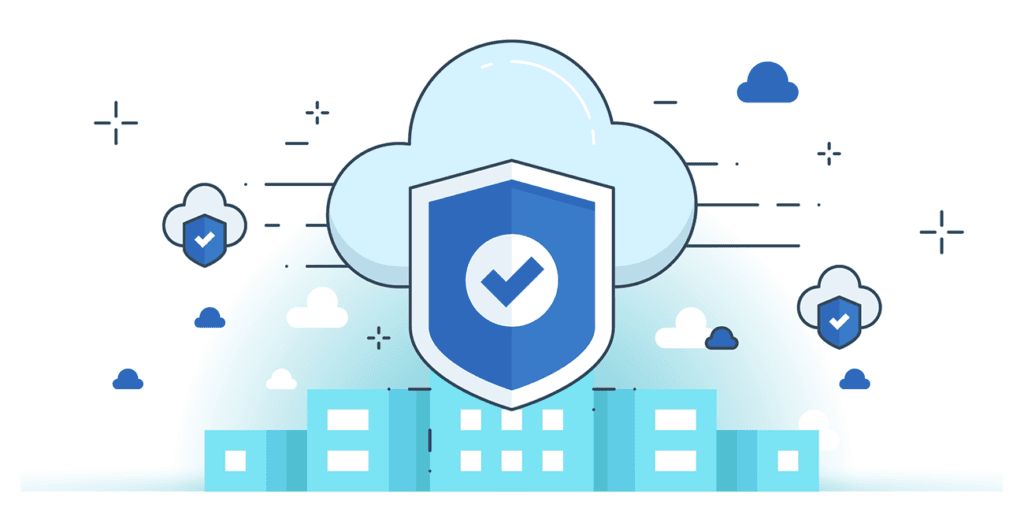Cloud Security: Protecting Your Data in the Cloud
Vistasparks Cloud security solution is the practice of protecting data, applications, and infrastructure in cloud computing environments. It involves a combination of technologies, policies, and procedures to safeguard against threats like data breaches, unauthorized access, and other cyberattacks.

The Shared Responsibility Model
A fundamental concept in cloud security is the shared responsibility model. This model outlines the security responsibilities between the cloud service provider (CSP) and the cloud customer. While the CSP is responsible for the security of the cloud, the customer is responsible for security in the cloud.

Data Loss Prevention (DLP)
Preventing sensitive data from leaving the cloud environment.

Common Challenges and Considerations!
Controlling who can access cloud resources and what they can do.

Best Practices for Successful Infrastructure Modernization!
Protecting data at rest, in transit, during processing, and storage.

IaaS Security
Securing virtual machines, networks, and storage.

PaaS Security
Protecting applications and data running on a cloud platform.

SaaS Security
Ensuring the security of cloud-based applications.
Cloud Security Tools and Technologies
- Cloud Security Posture Management (CSPM): Assess cloud configurations for security vulnerabilities.
- Cloud Workload Protection Platform (CWPP): Protect workloads running in the cloud.
- Cloud Access Security Broker (CASB): Enforce security policies for cloud applications.
- Intrusion Detection and Prevention Systems (IDPS): Detect and prevent network attacks.
- Identity and Access Management (IAM): Control and manage access to cloud resources.
- Data Loss Prevention (DLP): Protect sensitive data from being lost, misused, or accessed by unauthorized users.
Cloud Security Best Practices
- Cloud Security Posture Management (CSPM): Assess cloud configurations for security vulnerabilities.
- Strong Identity and Access Management (IAM): Enforce strong authentication and authorization.
- Data Encryption: Encrypt data both at rest and in transit.
- Regular Security Assessments: Conduct vulnerability scans and penetration testing.
- Incident Response Planning: Develop a plan to respond to security incidents.
- Employee Training: Educate employees about cloud security best practices.
- Compliance Adherence: Ensure compliance with relevant regulations (e.g., GDPR, HIPAA).
Would you like to delve deeper into a specific aspect of cloud security, such as data loss prevention, identity and access management, or cloud security tools?
Or perhaps you have a specific cloud security challenge you'd like to discuss?


